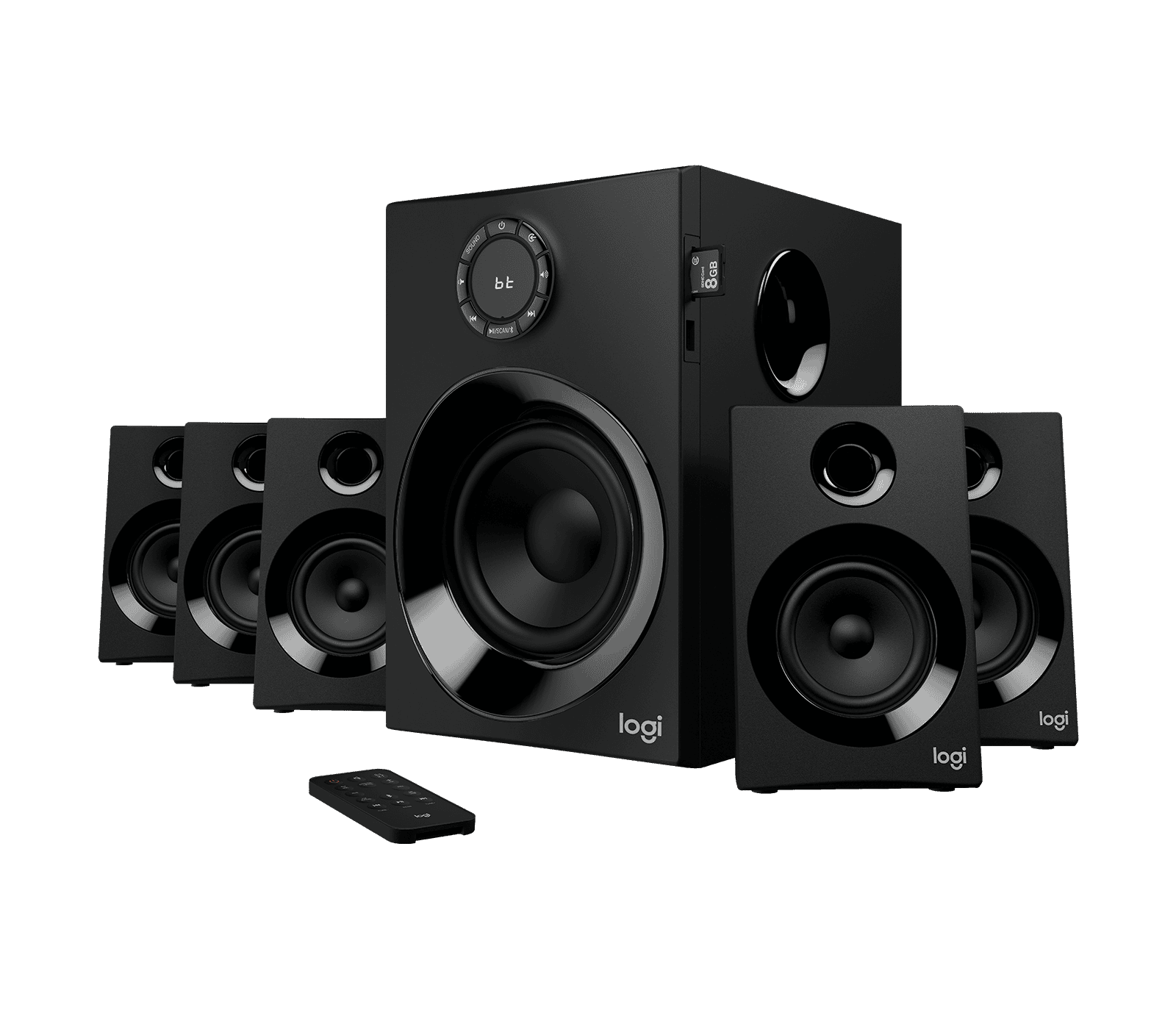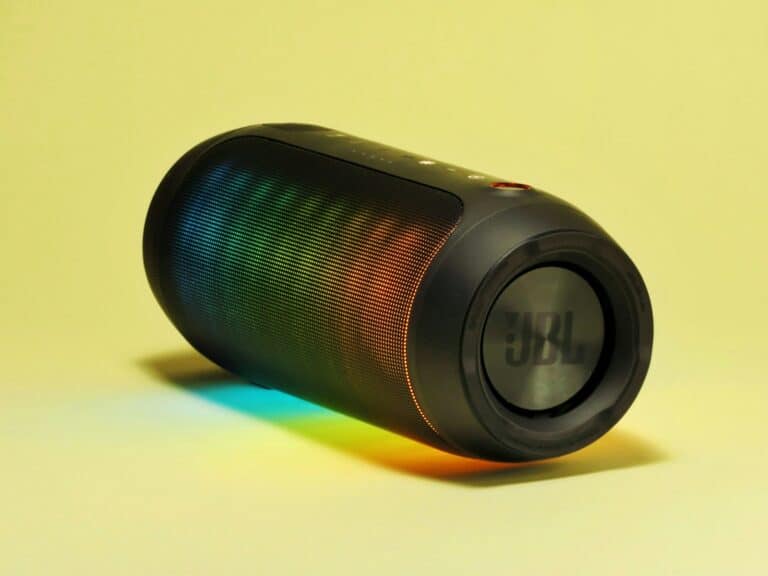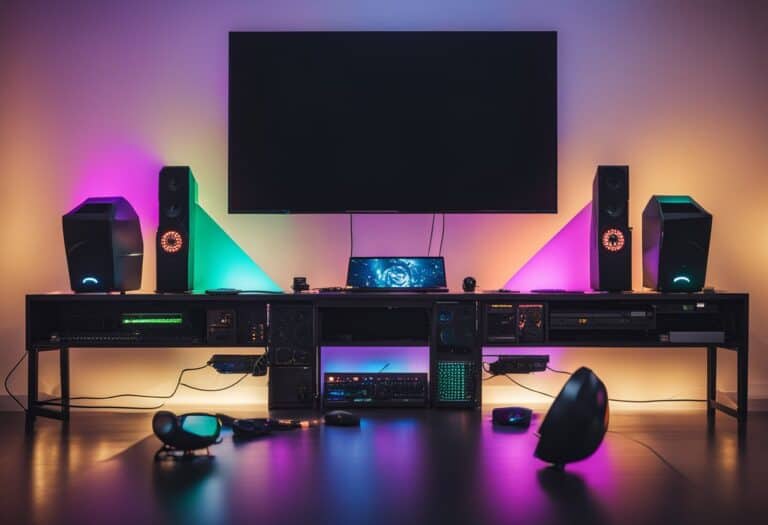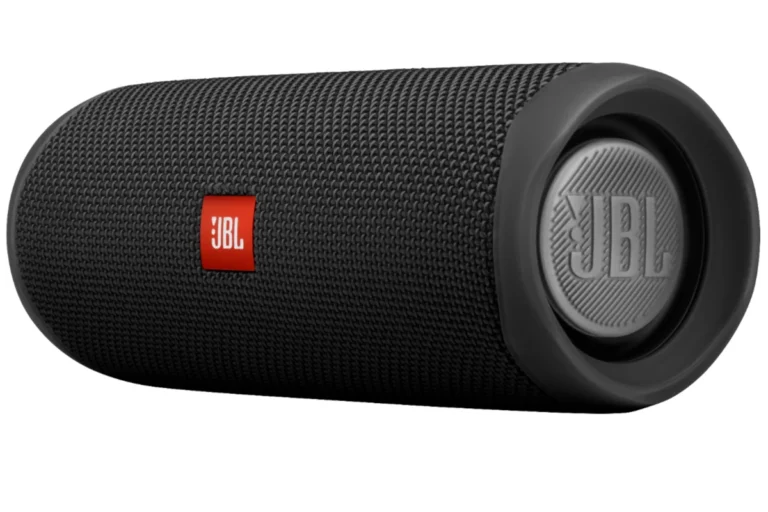Speakers are important devices that change electrical signals into sound. They are used for listening to music, watching movies, and making phone calls. The main job of a speaker is to make sounds loud enough for you to hear clearly. There are two main types of speakers: 2-way and 3-way. 2-way speakers have a tweeter and a woofer, while 3-way speakers have a tweeter, a midrange speaker, and a woofer. Each type offers different sound qualities, and the right choice depends on your needs.
Speakers depend on components like magnets, voice coils, and cones to make sound. They come in different forms, from simple stereo pairs to more complex setups with multiple drivers. Understanding these components can help you choose the best speaker for your needs.
Exploring the World of Speakers: Sound Essentials
Basic Components of a Speaker
A speaker typically consists of the following components:
- Driver: This is the heart of the speaker, responsible for converting electrical signals into sound waves.
- Magnet: The magnet creates a magnetic field that interacts with the voice coil.
- Voice Coil: A coil of wire attached to the driver’s diaphragm. When an electrical signal passes through it, it interacts with the magnet to move the diaphragm.
- Diaphragm (Cone): This is the part of the speaker that moves back and forth, creating vibrations in the air that we hear as sound.
- Suspension: This component allows the diaphragm to move freely while keeping it centered.
- Enclosure: This is the housing that holds all the speaker components together.
Types of Speakers
There are various types of speakers, each designed for specific purposes:
- Woofers: These handle low-frequency sounds (bass).
- Mid-range Drivers: These reproduce the middle range of frequencies (vocals, instruments).
- Tweeters: These produce high-frequency sounds (treble).
- Subwoofers: Specialized woofers designed for very low frequencies (deep bass).
- Full-Range Drivers: These attempt to reproduce a wide range of frequencies, but may not excel in any specific range.
How Speakers Work
In simple terms, speakers work by converting electrical signals into mechanical vibrations. When an audio signal is sent to the speaker, it passes through the voice coil, which becomes an electromagnet. The interaction between the electromagnet and the permanent magnet causes the voice coil (and the attached diaphragm) to move back and forth. This movement creates pressure waves in the air, which our ears perceive as sound.
Specifications and Considerations
When choosing speakers, consider the following specifications:
- Frequency Response: This indicates the range of frequencies a speaker can reproduce.
- Sensitivity: This measures how loud a speaker will play with a given amount of power.
- Impedance: This is the electrical resistance of the speaker, which affects how much power it needs.
- Power Handling: This indicates the maximum amount of power a speaker can handle without damage.
Speaker Types and Their Roles
| Speaker Type | Frequency Range | Purpose |
|---|---|---|
| Woofer | 20 Hz – 200 Hz | Low frequencies (bass) |
| Mid-range Driver | 200 Hz – 5 kHz | Mid frequencies (vocals, instruments) |
| Tweeter | 5 kHz – 20 kHz | High frequencies (treble) |
| Subwoofer | 20 Hz – 200 Hz | Very low frequencies (deep bass) |
| Full-Range Driver | Wide range | General purpose |
Key Takeaways
- Speakers turn electrical signals into sound.
- 2-way speakers use two parts, while 3-way speakers use three.
- Speakers have important parts like magnets, voice coils, and cones.
Understanding Speakers
Speakers transform electrical signals into sound that we can hear. This section explains the basics, types, components, and placement considerations for speakers.
Speaker Basics
A speaker converts electrical signals into sound waves. This allows us to hear music, dialogue, and other audio. The process begins with an amplifier sending a signal to the speaker’s terminals. The signal then travels through a voice coil. The voice coil interacts with a magnet, causing the diaphragm to move and produce sound waves.
Frequency and impedance are key technical aspects of speakers. Frequency, measured in hertz (Hz), defines the range of sounds a speaker can produce. Impedance, measured in ohms (Ω), affects how the speaker integrates with other audio equipment. Proper matching ensures optimal performance.
Types of Speakers
Speakers come in various types to suit different needs. Bookshelf speakers are compact and designed for smaller rooms. Floorstanding speakers provide powerful sound for larger spaces. Bluetooth speakers offer wireless convenience, while smart speakers integrate voice assistants for added functionality.
Computer speakers are tailored for desktop setups, providing clear sound for gaming and media. Home theater systems often use soundbars to enhance TV audio. Wireless speakers add flexibility by connecting through Wi-Fi or Bluetooth. Each type serves a specific purpose, fitting different listening environments and preferences.
Speaker Components
Speakers consist of several components. A voice coil generates a magnetic field when current passes through it. This coil attaches to a diaphragm that vibrates to create sound waves. The magnet provides a stable magnetic field for the voice coil to interact with.
Speakers also include crossovers, which divide audio signals into different frequency bands for better sound quality. Ports or openings in the speaker enclosure enhance bass response. The design of the speaker box influences sound clarity and depth. Each component plays a critical role in delivering accurate and high-quality sound.
Speaker Placement & Acoustics
Correct placement of speakers affects how well they perform. Bookshelf speakers should be at ear level and placed on sturdy surfaces. Floorstanding speakers need space around them to produce balanced sound. Positioning wireless speakers correctly ensures even sound distribution.
Room acoustics, including furniture and wall materials, impact sound quality. Carpets, curtains, and soft furnishings absorb sound, reducing echoes. Hard surfaces like walls and floors reflect sound, which can distort audio. Adjusting the placement of speakers and furniture can improve listening experiences in any room. For home theater setups, follow manufacturer guidelines for optimal sound immersion.
Frequently Asked Questions
This section addresses common questions about speakers, including their types, functions in computers, uses, their role in audio systems, and how design impacts sound quality.
What are the different types of speakers available?
Speakers come in various forms including bookshelf speakers, floor-standing speakers, and portable Bluetooth speakers. They are used for different applications depending on their size and design.
What functions do speakers serve in computers?
Computer speakers output sound from the system. They are used for playing music, system notifications, and sounds from applications like games or video calls.
For what purposes are speakers commonly used?
Speakers are commonly used for listening to music, watching videos, and playing games. They are also essential for home audio systems and public address systems.
What defines a speaker as an output device?
A speaker is defined as an output device because it takes audio signals and converts them into sound. It outputs audio information that can be heard by the user.
Could you explain the role of a speaker in audio systems?
In audio systems, speakers play the final role in delivering sound. They convert the amplified audio signals into audible sound waves, allowing listeners to hear the content being played.
How do speaker designs affect sound quality?
Speaker design influences sound quality through factors like the materials used, the shape of the speaker, and the way it handles different frequencies. High-quality designs produce clearer and more accurate sound.






